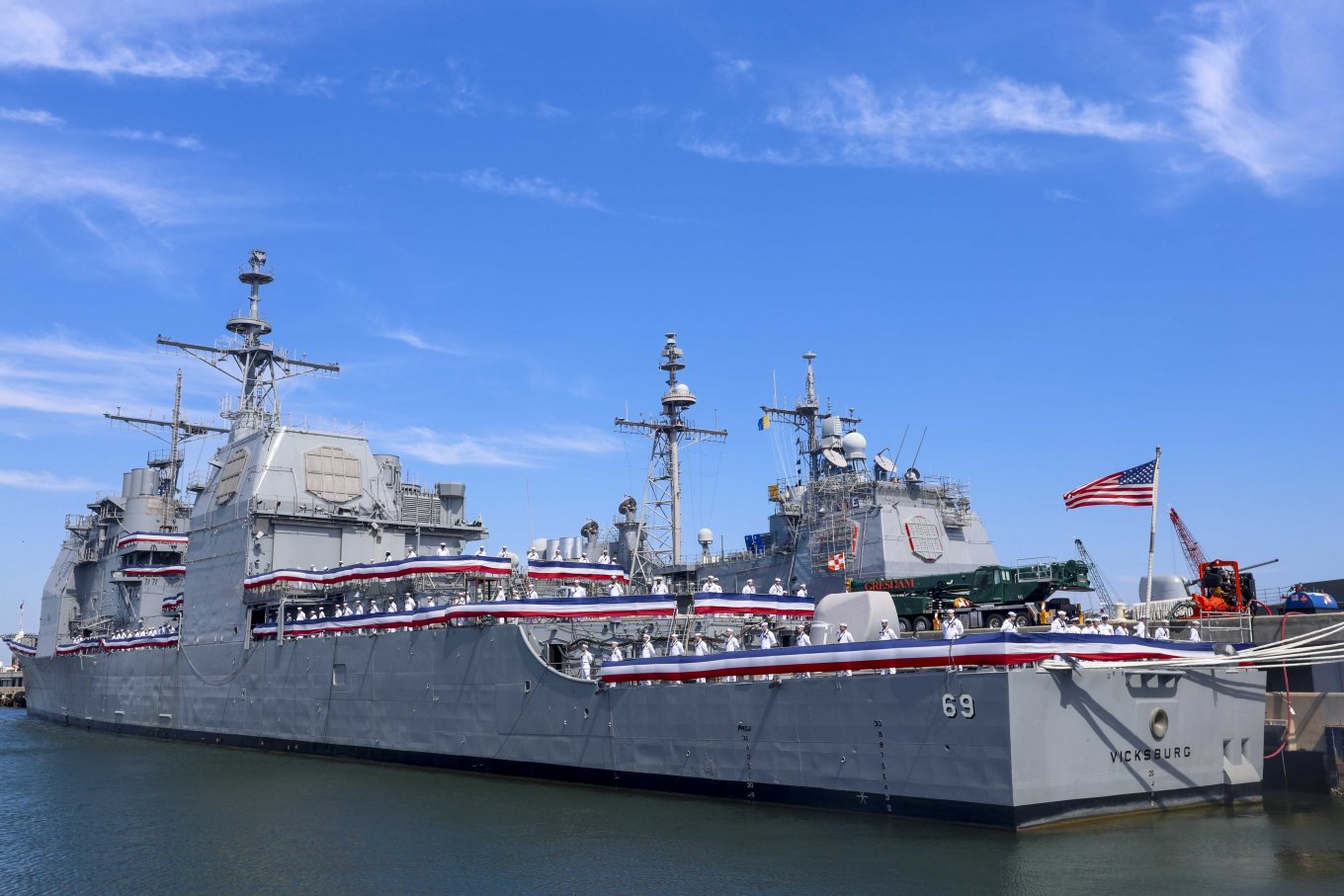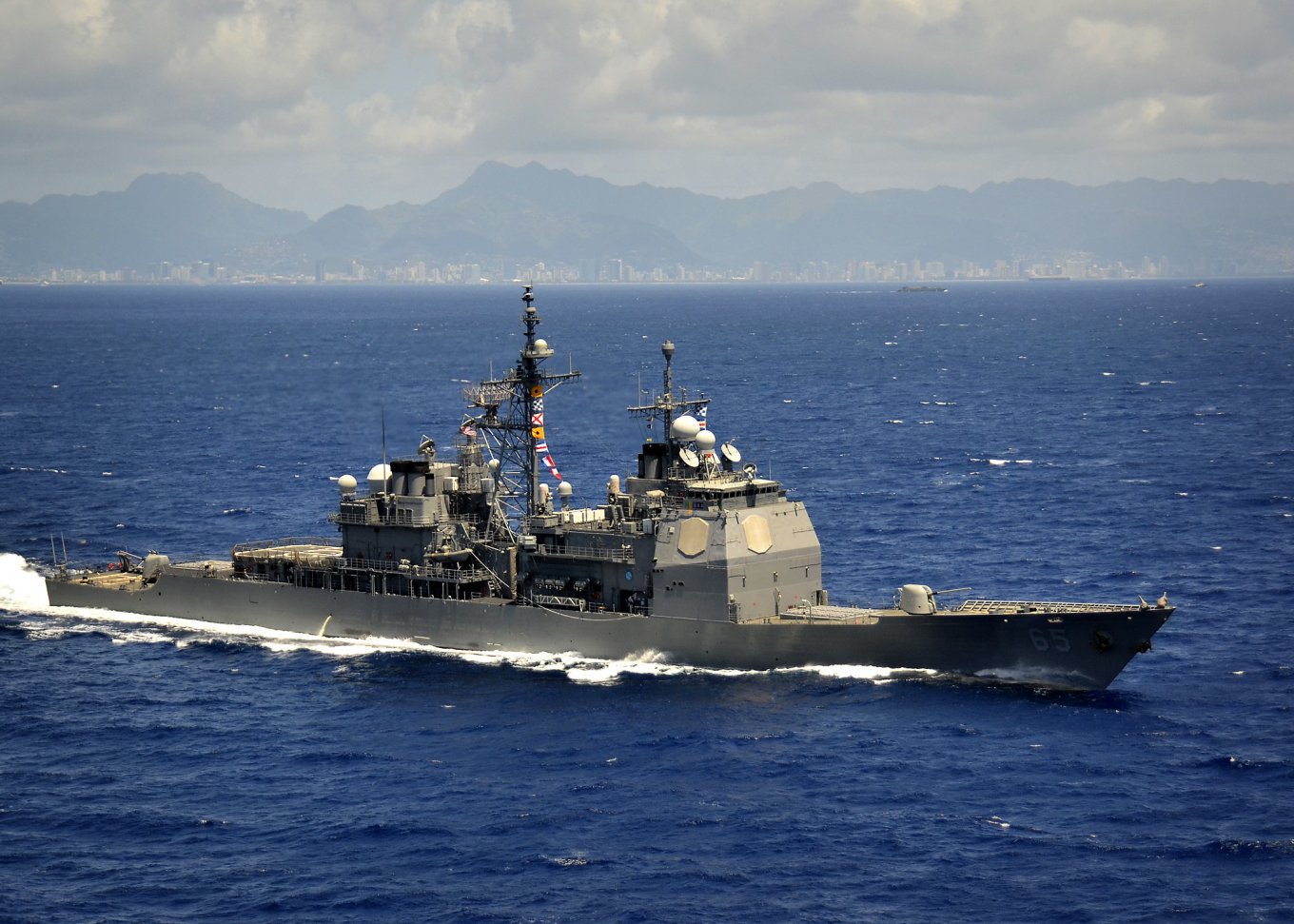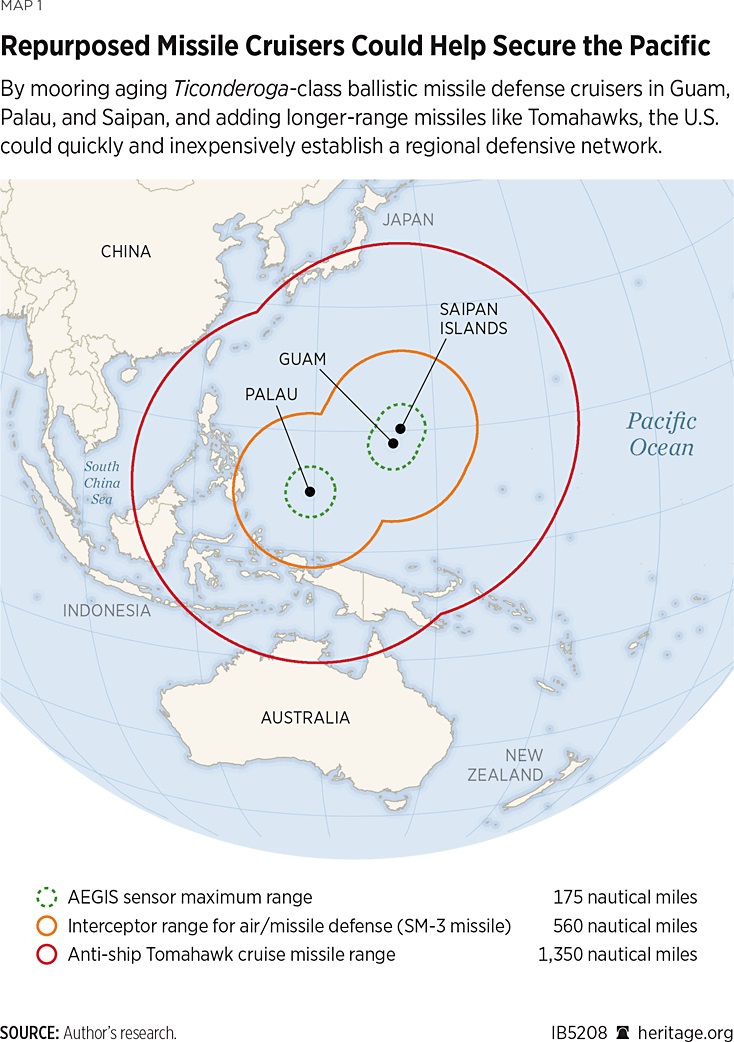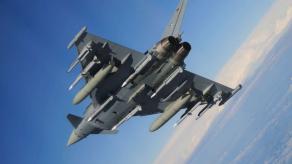The US Navy is actively decommissioning its Ticonderoga-class cruisers. Currently, 12 ships remain in service, the youngest of which is 31 years old. All of them are scheduled to be decommissioned by 2027, marking the end of the last guided-missile cruisers in the US Navy.
The process has been very active in recent years: five ships were decommissioned in 2022, three in 2023, and five more are planned for 2024. The first of this year's batch, the Vicksburg (CG-69), was already retired on June 28 and sent to the reserve fleet. It will be followed by Cowpens (CG-63) on August 30, Antietam (CG-54) and Leyte Gulf (CG-55) at once on September 27, and Shiloh (CG-67) by the end of the year.
Read more: russia Returns Decommissioned Shuya Boat to Service Because of Destruction of Ivanovets Corvette

In 2025 and 2026, three ships will be phased out each year, with two more in 2027. The last in service will be Chosin (CG-65), commissioned back in 1991, and Cape St. George (CG-71), commissioned in 1993.
Seeing these extremely powerful ships being taken out if service, a logical question arises: can these powerful ships be turned into something useful? Each Ticonderoga-class guided-missile cruiser is equipped with 122 Mk 41 launchers compatible with Tomahawk cruise missiles, SM-3 anti-missiles for intercepting nuclear warheads of intercontinental ballistic missiles, or SM-6 missiles for a long-range air defense and anti-missile umbrella.

Considering the current global security situation, such capabilities would still be valuable. Unlike in 2004–2005, when five cruisers were scrapped, there is renewed interest in finding ways to utilize these ships. Discussions about converting them into stationary or floating batteries began long before Russia's invasion of Ukraine in 2022.
For instance, six months before the global security landscape changed due to Russian aggression, US think tanks, including The Heritage Foundation, suggested mooring the Ticonderoga cruisers to protect bases in the Pacific Ocean.

Although this idea was widely discussed, it did not gain traction within the Pentagon. The reason is, despite their powerful armaments, the Ticonderoga cruisers are helpless without a radar. Although equipped with SPY-1 radars, these are the first versions in the lineage: either the SPY-1A, which the US military considers "an analog device," or the first digital SPY-1B.
Thus, proposals to convert these cruisers into batteries hinged on replacing their radars. Lockheed Martin proposed installing its AN/SPY-7(V)1 radar but even if it was done, the military might still decide to decommission the ships regardless.

Moreover, converting the cruisers into stationary launchers would be economically inefficient. Maintaining even a docked, immobile ship is costly. The US already has a land-based variant of the Mk 41, the Typhon system, which is mounted on a wheeled chassis.
To illustrate the financial toll of maintaining even a decommissioned ship, consider the fate of the first guided-missile cruiser of this class, the Ticonderoga itself. Decommissioned in 2004, the ship was offered to various museums in 2010 but none was interested in taking the cruiser in. Consequently, it was handed over for disposal in 2020.
Read more: Ukrainian Ada Class Corvette Hetman Ivan Mazepa's Equipment in All Details














